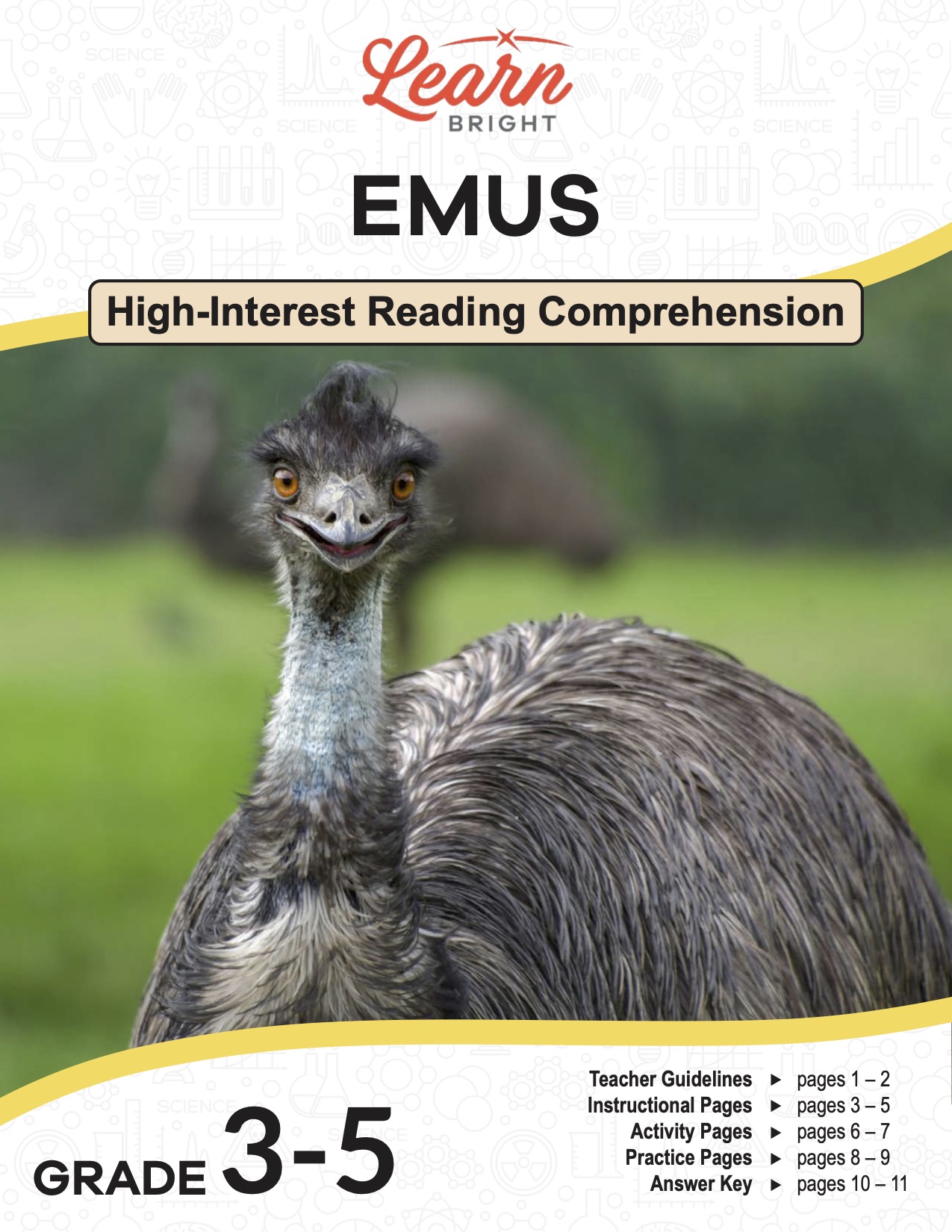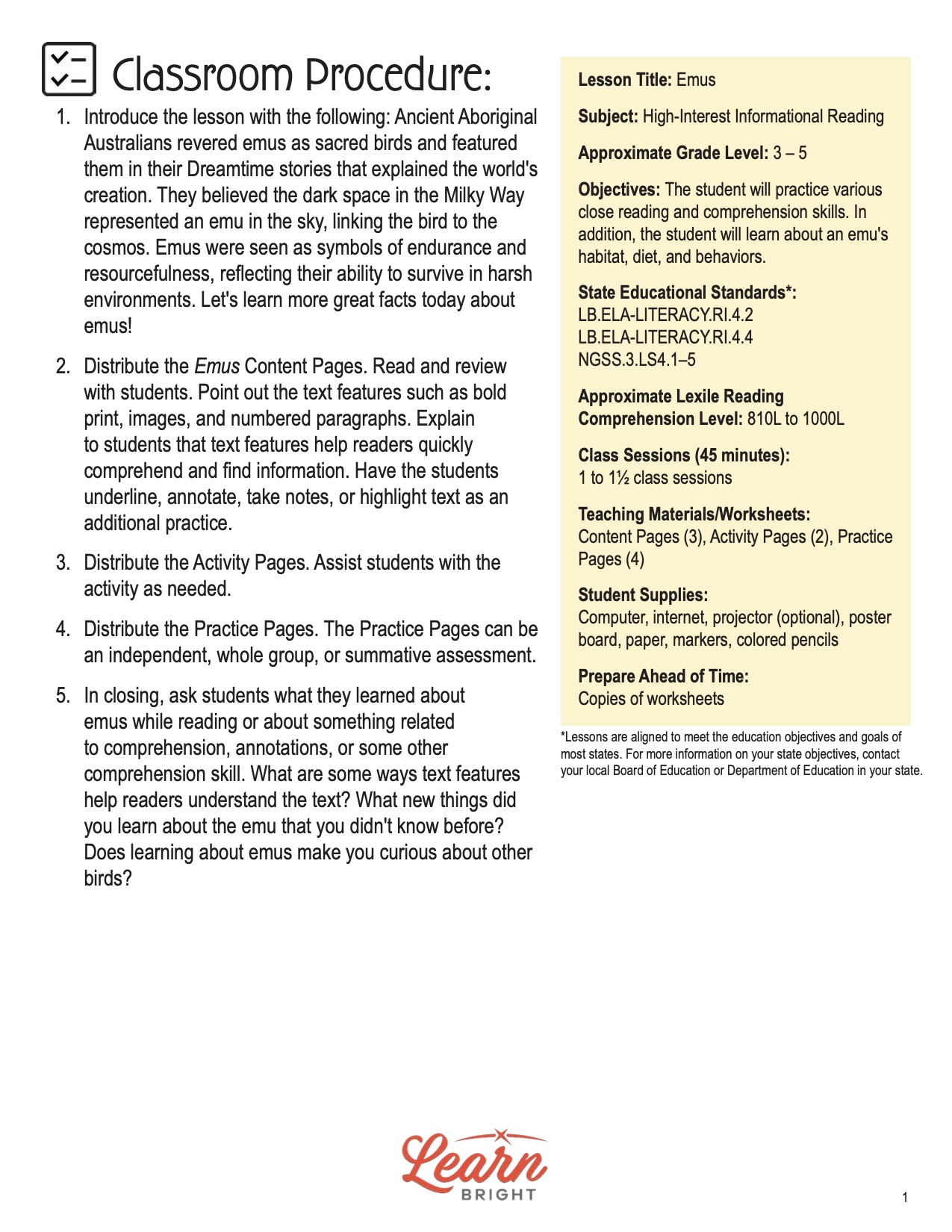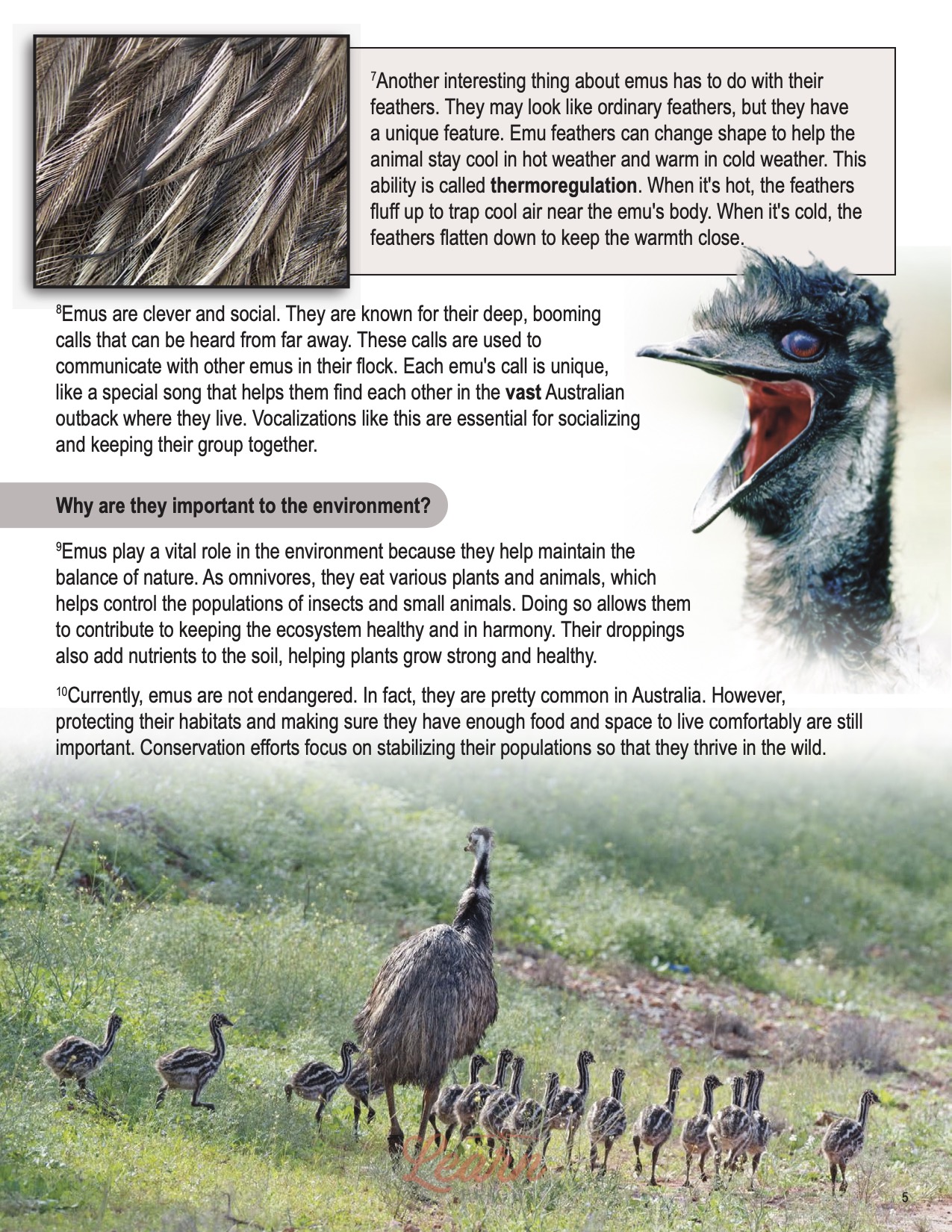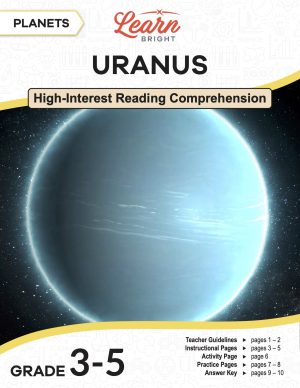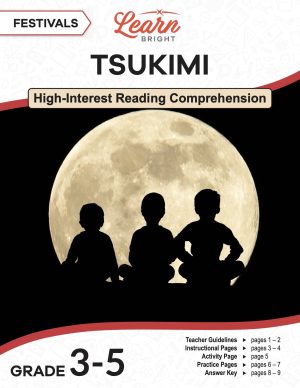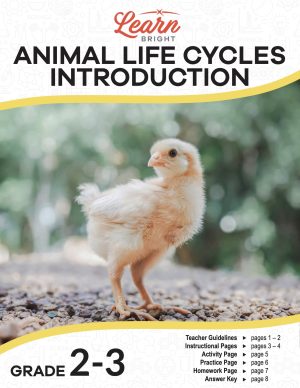Description
What our Emus lesson plan includes
Lesson Objectives and Overview: Emus is a high-interest reading comprehension lesson plan. As such, students will practice various close reading and comprehension skills. In addition, they will learn about the emu’s habitat, diet, and behaviors. This lesson is for students in 3rd grade, 4th grade, and 5th grade.
Classroom Procedure
Every lesson plan provides you with a classroom procedure page that outlines a step-by-step guide to follow. You do not have to follow the guide exactly. The guide helps you organize the lesson and details when to hand out worksheets. It also lists information in the yellow box that you might find useful. You will find the lesson objectives, state standards, and number of class sessions the lesson should take to complete in this area. In addition, it describes the supplies you will need as well as what and how you need to prepare beforehand. For the activity, students will need access to the internet. You will also need supplies for them to create their posters.
Teacher Notes
The teacher notes page provides an extra paragraph of information to help guide the lesson. It explains that you can teach this lesson in a whole-class setting or as an independent, small-group activity. You can use the blank lines to write down any other ideas or thoughts you have about the topic as you prepare.
EMUS LESSON PLAN CONTENT PAGES
What Are Emus?
The Emus lesson plan contains three content pages. It begins by providing a box of background information about this animal. Emus are fascinating birds that are really tall! They stand up to six feet (almost two meters) high, which makes them the second-tallest birds in the world after ostriches. Emus have long, strong legs that help them run fast, almost as fast as a car! Their feathers are usually brownish, and they have tiny wings they don’t use for flying.
These birds like to live in groups called flocks, which can include up to 20 birds. They prefer open areas like forests, grasslands, and even deserts. This way, they have plenty of space in the open areas to roam and find food and escape predators when they need to. Emus are native to Australia and are commonly found across the mainland, adapting to various climates and
landscapes.
When emus have babies, they are really caring parents. The mom lays giant green eggs. The parents take turns keeping the eggs warm until they hatch. Once the babies (called chicks) are born, they stick close to their parents for safety so they can learn how to find food. Emu parents are very protective and teach their chicks the essential skills to survive in the wild.
Diet of an Emu
Emus are omnivores, which means they eat a variety of plant and animal foods. They like to munch on fruits, seeds, and leaves. Sometimes, they also enjoy tasty insects such as beetles and grasshoppers. When hungry, emus can gobble up small animals like lizards or mice. They use their strong beaks to peck at plants or snatch up insects, and their long necks help them reach leaves high up in trees.
To catch their prey, emus use their sharp beaks and quick reflexes. When they spot
insects crawling on the ground or on plants, they swiftly peck or snatch them up with their
beaks. Their eyesight is excellent. They can see small movements from far away, which helps them find their next meal. Emus are fast runners, too. For instance, if they see a lizard or other small animal nearby, they can chase after it and catch it quickly. Their hunting skills and varied diet help them stay healthy and strong in their natural habitats.
Other Interesting Facts
Emus have very powerful legs. But they aren’t just for walking—they help emus run super fast. They can even reach speeds up to 30 miles per hour (about 50 kilometers per hour)! This makes them one of the fastest birds on land. Their legs are also strong enough to jump high, which comes in handy when they need to escape from predators.
Another interesting thing about emus has to do with their feathers. They may look like ordinary feathers, but they have a unique feature. Emu feathers can change shape to help the animal stay cool in hot weather and warm in cold weather. This ability is called thermoregulation. When it’s hot, the feathers fluff up to trap cool air near the emu’s body. When it’s cold, the feathers flatten down to keep the warmth close.
Emus are clever and social. They are known for their deep, booming calls that can be heard from far away. These calls are used to communicate with other emus in their flock. Each emu’s call is unique, like a special song that helps them find each other in the vast Australian outback where they live. Vocalizations like this are essential for socializing and keeping their group together.
Why They Are Important
Emus play a vital role in the environment because they help maintain the balance of nature. As omnivores, they eat various plants and animals, which helps control the populations of insects and small animals. Doing so allows them to contribute to keeping the ecosystem healthy and in harmony. Their droppings also add nutrients to the soil, helping plants grow strong and healthy.
Currently, emus are not endangered. In fact, they are pretty common in Australia. However, protecting their habitats and making sure they have enough food and space to live comfortably are still important. Conservation efforts focus on stabilizing their populations so that they thrive in the wild.
EMUS LESSON PLAN WORKSHEETS
The Emus lesson plan includes two worksheets: an activity worksheet and a practice worksheet. Each one will help students solidify their grasp of the material they learned throughout the lesson. You can refer to the classroom procedure guidelines to know when to hand out each worksheet.
EMUS LIFE CYCLE POSTER ACTIVITY WORKSHEET
Students will get to learn a little ancient history with this activity. First, they will read through a story that describes the honor and reverence the Aboriginal people had toward the emu. Then they will research the life cycle of an emu and complete the steps to create a poster. The poster should be colorful and creative and explain the connection between emus and the Aboriginal people’s beliefs.
REVIEW PRACTICE WORKSHEET
The practice worksheet lists 10 questions based on the content. These questions all relate to the content pages, so students will need to refer to them often for the answers. In addition, each question provides which reading tool the question corresponds to, such as text feature, vocabulary, or comprehension.
Worksheet Answer Keys
At the end of the lesson plan document is an answer key for the practice worksheet. The correct answers are all in red to make it easier for you to compare them with students’ responses. If you choose to administer the lesson pages to your students via PDF, you will need to save a new file that omits these pages. Otherwise, you can simply print out the applicable pages and keep these as reference for yourself when grading assignments.

